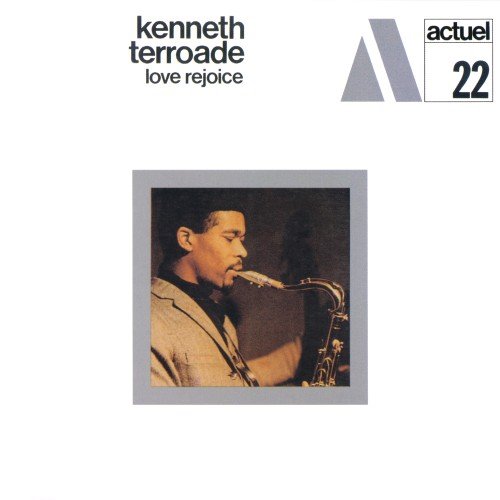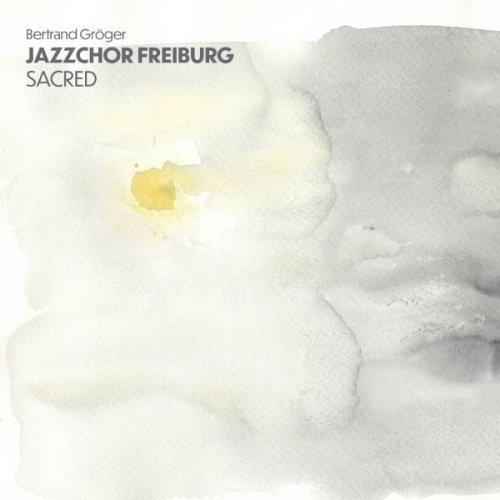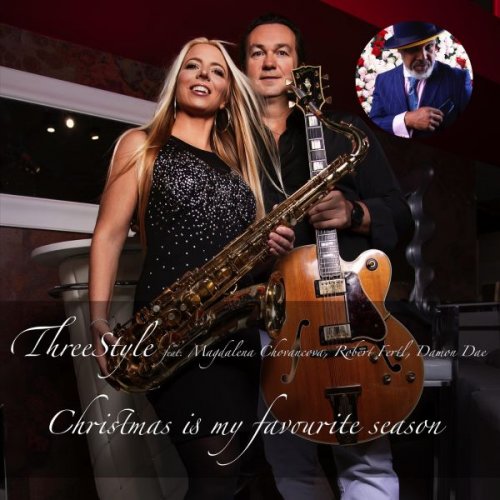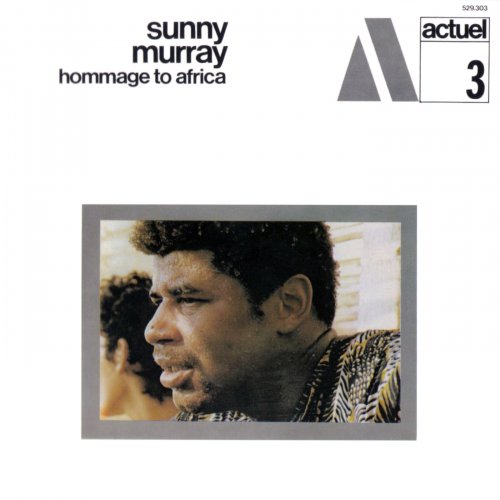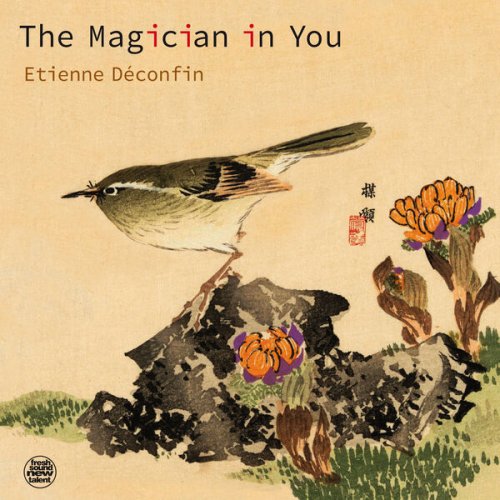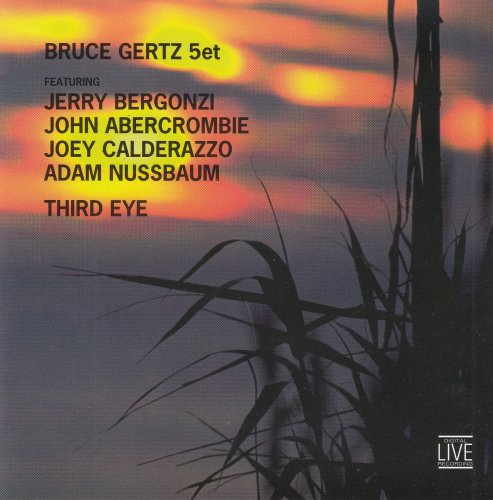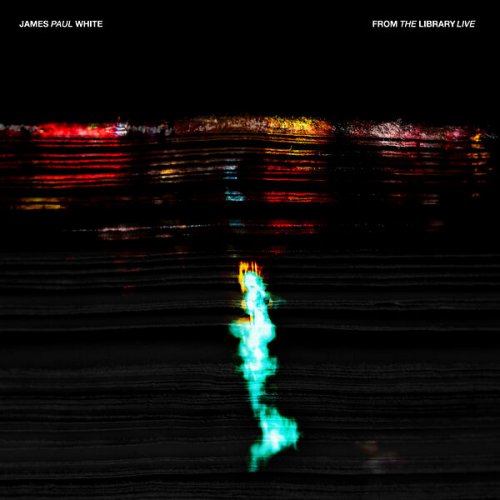Ciara Moser - Blind. So what? (2023)
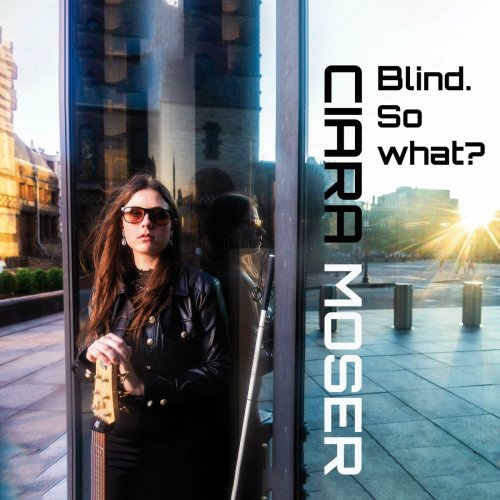
Artist: Ciara Moser
Title: Blind. So what?
Year Of Release: 2023
Label: Self-Released
Genre: Jazz, Fusion
Quality: FLAC (tracks)
Total Time: 65:50 min
Total Size: 380 MB
WebSite: Album Preview
Tracklist:Title: Blind. So what?
Year Of Release: 2023
Label: Self-Released
Genre: Jazz, Fusion
Quality: FLAC (tracks)
Total Time: 65:50 min
Total Size: 380 MB
WebSite: Album Preview
01. Intro (Screen Reader) (feat. Warren Pettey)
02. I Trust (feat. Liam Garcia, Lumanyano Mzi, Maša Vujadinović, Nishant Shekar, Salim Charvet, Stephanie Weninger & Warren Pettey)
03. Memory (feat. Aditi Malhotra, Amaury Cabral, Lumanyano Mzi, Nishant Shekar, Salim Charvet, Shivaraj Natraj & Warren Pettey)
04. The Call To See Beyond (feat. Aditi Malhotra, Amaury Cabral, Juan Sebastian Sanchez, Liam Garcia, Lumanyano Mzi, Maša Vujadinović,
05. Different Ability, Pt. 1 (feat. Aditi Malhotra, Salim Charvet, Amaury Cabral, Stephanie Weninger, George Lernis & Lumanyano Mzi)
06. Different Ability, Pt. 2 (feat. Aditi Malhotra, Salim Charvet, Lihi Haruvi, Anastassiya Petrova & Lumanyano Mzi)
07. Humanity (Intro)
08. Humanity (feat. Nishant Shekar, Shahar Amdor, Amaury Cabral, Stephanie Weninger, Shivaraj Natraj & Lumanyano Mzi)
09. Developing Senses (feat. Salim Charvet, Amaury Cabral, Stephanie Weninger & Lumanyano Mzi)
10. Sixth Sense (feat. Salim Charvet, Amaury Cabral, Stephanie Weninger & Lumanyano Mzi)
11. Traveling (feat. Salim Charvet, Liam Garcia, Stephanie Weninger & Lumanyano Mzi)
12. The Lady With A Green Cane (feat. Aditi Malhotra, Salim Charvet, Amaury Cabral, Stephanie Weninger & Lumanyano Mzi)
As a professional bassist and someone who has been blind since birth, part of Dublin-born/Austria-raised/Boston-based Ciara Moser’s identity has shaped her unique journey through life and music in a profound way. Blind. So what?, Moser’s modern jazz fusion debut album, is centered around her experience as a blind musician while also raising awareness for the blind community.
The songs on Blind. So what?, available October 20, explore topics such as the art of memorizing, spatial sense for orientation, trusting others, and the different perceptions that blind people have on the world. The 27-year-old Moser, who plays virtuosic basslines on a Fodera electric six-string throughout the album, undoubtedly knows her way around groove-laden funk fusion and experimental contemporary jazz/world music.
While Moser pursued her master’s degree at the Berklee Global Jazz Institute, she was mentored by its director and multiple GRAMMY-winning Panamanian pianist Danilo Perez, who Moser has performed with around the globe, John Patitucci, Victor Wooten, Terri Lyne Carrington, Joe Lovano and others. Moser’s stint at Berklee not only heightened her playing and composing skills but she was also deeply inspired by the theme of using music as a vehicle for social change, thus inspiring her to pen compositions for Blind. So what? Each tune on the album is lyrically and instrumentally dedicated to one topic concerning music and blindness. The lyrics were written by Moser except for the poem “The Lady with a Green Cane.”
Moser’s insightful arrangements on Blind. So what? give each of the many of the album’s musicians, most of which all current and former Berklee students, a chance to showcase their artistry and add their individual flavor to the compositions. Moser is joined by drummer and vocalist Lumanyano MZI, percussionists Juan Sebastian Sanchez and George Lernis, keyboardists Warren Pettey, Stephanie Weninger and Anastassiya Petrova, guitarists Amaury Cabral, Liam Garcia and Isaac Romagosa, saxophonists Salim Charvet, Shahar Amdor and Lihi Haruvi, lead vocalists Aditi Malhotra and Nishant Shekar, backing vocalists Masa Vujadinovic and Shivaraj Natraj as well as several others who provide spoken voices.
Following an intro that a screen reader (software that translates what is displayed on the screen for a blind person) recites the album title in 16 languages, Moser, and the band lock into the tight funk groove on “I Trust.” Moser says the composition is dedicated to the “trust in sighted peers, friends, family and colleagues which is necessary for living in this visual world as a blind person. The first step to trust others is to be confident in yourself, let go of any fear and urge to control and open your heart and have faith in the people who help me to see.”
Moser says “Memory,” for which she won a 2023 Herb Alpert Young Jazz Composers Award, “is about the art and structure of memorizing, which is crucial for a blind person. A blind person needs to memorize all the music they play, the ways they walk, where they put their belongings and many more things. The task of internalizing melody and chords of a song like a language or a code requires practice, discipline, patience, consistency, concentration, and energy and in contrast to reading it will help the player to express the emotion and message of the song.”
“The Call to See Beyond,” Moser says, is about “the visual first impression a person has of someone and a call to see beyond the physical appearance of a person. Open your heart, soul and see beyond because the person is the thing we care about and not the stereotypes that were put on them and what they look like by society. A blind person is not blinded by those things.”
“Different Ability” is a two-part composition in which the first part is “dedicated to the moment of realization that something is different, and we are being treated differently while entering school, kindergarten and growing up as a blind person,” Moser says. Part two of “Different Ability” outlines the importance of individuality and leads to the conclusion that being different is something special.
Moser plays a stunning two-minute bass intro before launching into the Latin-tinged “Humanity,” which she says speaks of the dark sides of humanity, “but that the belief in hope and its ability to strive will lead towards inclusion, unity and equality.” The composition features vocalists from India and South Africa who say and sing the words hope, unity and humanity in their mother tongues.
Moser’s composition “Developing Senses” looks at the higher use of senses that blind people need to compensate for lack of sight. “A sighted person relies on 90 percent of their perceptional information for seeing, which means that there is only 10 percent left for other methods of perception,” Moser says. “A blind person, however, makes far more use of the other senses, such as hearing and touch, and thus elevating these senses far beyond those of sighted individuals. In the piece each of the four senses a blind person uses to a higher extent is assigned a motive and the motives are extended and developed throughout the piece, which symbolizes the higher use of those senses.”
“Sixth Sense” is about the proprioception sense or kinesthesia, the sense of body awareness. The song contains spacy sounds and rhythms that symbolize the feeling of movement.
On the odd-metered song “Traveling,” Moser invites the listener into the world of traveling as a blind person with different smells, feelings, emotions, tastes and influences weaved into the composition to create a full sensory experience. “Along with the exciting 11/8 rhythms come catchy synth and guitar sounds and a Moroccan drone with an emotional and meditational improvisation bring the idea of traveling through music to a new level,” Moser says.
The album closes with “The Lady with a Green Cane,” a free improvisation performed along with a poem of the same name written by Fran Gardner. Moser says the poem was recorded first, and then everyone improvised over it one at a time. Each musician had only one take to improvise, which allowed for an honest and raw interpretation from every instrument.
The songs on Blind. So what?, available October 20, explore topics such as the art of memorizing, spatial sense for orientation, trusting others, and the different perceptions that blind people have on the world. The 27-year-old Moser, who plays virtuosic basslines on a Fodera electric six-string throughout the album, undoubtedly knows her way around groove-laden funk fusion and experimental contemporary jazz/world music.
While Moser pursued her master’s degree at the Berklee Global Jazz Institute, she was mentored by its director and multiple GRAMMY-winning Panamanian pianist Danilo Perez, who Moser has performed with around the globe, John Patitucci, Victor Wooten, Terri Lyne Carrington, Joe Lovano and others. Moser’s stint at Berklee not only heightened her playing and composing skills but she was also deeply inspired by the theme of using music as a vehicle for social change, thus inspiring her to pen compositions for Blind. So what? Each tune on the album is lyrically and instrumentally dedicated to one topic concerning music and blindness. The lyrics were written by Moser except for the poem “The Lady with a Green Cane.”
Moser’s insightful arrangements on Blind. So what? give each of the many of the album’s musicians, most of which all current and former Berklee students, a chance to showcase their artistry and add their individual flavor to the compositions. Moser is joined by drummer and vocalist Lumanyano MZI, percussionists Juan Sebastian Sanchez and George Lernis, keyboardists Warren Pettey, Stephanie Weninger and Anastassiya Petrova, guitarists Amaury Cabral, Liam Garcia and Isaac Romagosa, saxophonists Salim Charvet, Shahar Amdor and Lihi Haruvi, lead vocalists Aditi Malhotra and Nishant Shekar, backing vocalists Masa Vujadinovic and Shivaraj Natraj as well as several others who provide spoken voices.
Following an intro that a screen reader (software that translates what is displayed on the screen for a blind person) recites the album title in 16 languages, Moser, and the band lock into the tight funk groove on “I Trust.” Moser says the composition is dedicated to the “trust in sighted peers, friends, family and colleagues which is necessary for living in this visual world as a blind person. The first step to trust others is to be confident in yourself, let go of any fear and urge to control and open your heart and have faith in the people who help me to see.”
Moser says “Memory,” for which she won a 2023 Herb Alpert Young Jazz Composers Award, “is about the art and structure of memorizing, which is crucial for a blind person. A blind person needs to memorize all the music they play, the ways they walk, where they put their belongings and many more things. The task of internalizing melody and chords of a song like a language or a code requires practice, discipline, patience, consistency, concentration, and energy and in contrast to reading it will help the player to express the emotion and message of the song.”
“The Call to See Beyond,” Moser says, is about “the visual first impression a person has of someone and a call to see beyond the physical appearance of a person. Open your heart, soul and see beyond because the person is the thing we care about and not the stereotypes that were put on them and what they look like by society. A blind person is not blinded by those things.”
“Different Ability” is a two-part composition in which the first part is “dedicated to the moment of realization that something is different, and we are being treated differently while entering school, kindergarten and growing up as a blind person,” Moser says. Part two of “Different Ability” outlines the importance of individuality and leads to the conclusion that being different is something special.
Moser plays a stunning two-minute bass intro before launching into the Latin-tinged “Humanity,” which she says speaks of the dark sides of humanity, “but that the belief in hope and its ability to strive will lead towards inclusion, unity and equality.” The composition features vocalists from India and South Africa who say and sing the words hope, unity and humanity in their mother tongues.
Moser’s composition “Developing Senses” looks at the higher use of senses that blind people need to compensate for lack of sight. “A sighted person relies on 90 percent of their perceptional information for seeing, which means that there is only 10 percent left for other methods of perception,” Moser says. “A blind person, however, makes far more use of the other senses, such as hearing and touch, and thus elevating these senses far beyond those of sighted individuals. In the piece each of the four senses a blind person uses to a higher extent is assigned a motive and the motives are extended and developed throughout the piece, which symbolizes the higher use of those senses.”
“Sixth Sense” is about the proprioception sense or kinesthesia, the sense of body awareness. The song contains spacy sounds and rhythms that symbolize the feeling of movement.
On the odd-metered song “Traveling,” Moser invites the listener into the world of traveling as a blind person with different smells, feelings, emotions, tastes and influences weaved into the composition to create a full sensory experience. “Along with the exciting 11/8 rhythms come catchy synth and guitar sounds and a Moroccan drone with an emotional and meditational improvisation bring the idea of traveling through music to a new level,” Moser says.
The album closes with “The Lady with a Green Cane,” a free improvisation performed along with a poem of the same name written by Fran Gardner. Moser says the poem was recorded first, and then everyone improvised over it one at a time. Each musician had only one take to improvise, which allowed for an honest and raw interpretation from every instrument.
